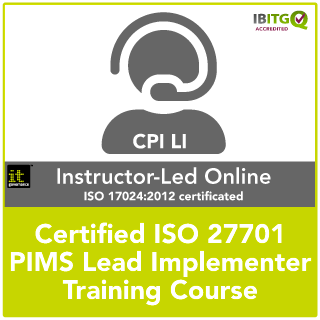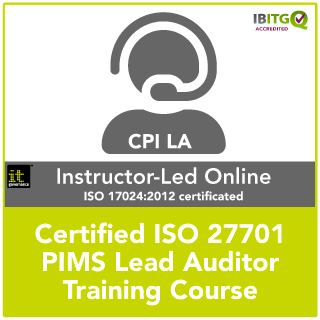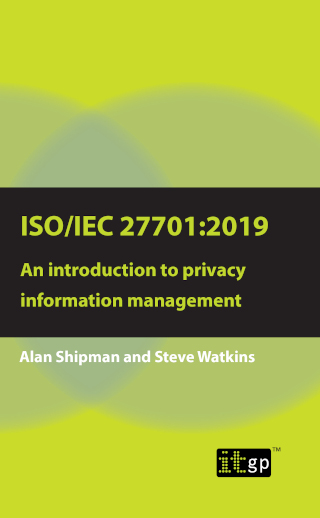
Cybersecurity is no longer confined to the IT department — it has become a fundamental issue of business survival. The past year has shown that security failures don’t just disrupt operations; they directly impact reputation, financial stability, and customer trust. Organizations that continue to treat it as a back-office function risk being left exposed.
Over the last twelve months, we’ve seen high-profile companies fined millions of dollars for data breaches. These penalties demonstrate that regulators and customers alike are holding businesses accountable for their ability to protect sensitive information. The cost of non-compliance now goes far beyond the technical cleanup — it threatens long-term credibility.
Another worrying trend has been the exploitation of supply chain partners. Attackers increasingly target smaller vendors with weaker defenses to gain access to larger organizations. This highlights that cybersecurity is no longer contained within one company’s walls; it is interconnected, making vendor oversight and third-party risk management critical.
Adding to the challenge is the rapid adoption of artificial intelligence. While AI brings efficiency and innovation, it also introduces untested and often misunderstood risks. From data poisoning to model manipulation, organizations are entering unfamiliar territory, and traditional controls don’t always apply.
Despite these evolving threats, many businesses continue to frame the wrong question: “Do we need certification?” While certification has its value, it misses the bigger picture. The right question is: “How do we protect our data, our clients, and our reputation — and demonstrate that commitment clearly?” This shift in perspective is essential to building a sustainable security culture.
This is where frameworks such as ISO 27001, ISO 27701, and ISO 42001 play a vital role. They are not merely compliance checklists; they provide structured, internationally recognized approaches for managing security, privacy, and AI governance. Implemented correctly, these frameworks become powerful tools to build customer trust and show measurable accountability.
Every organization faces its own barriers in advancing security and compliance. For some, it’s budget constraints; for others, it’s lack of leadership buy-in or a shortage of skilled professionals. Recognizing and addressing these obstacles early is key to moving forward. Without tackling them, even the best frameworks will sit unused, failing to provide real protection.
My advice: Stop viewing cybersecurity as a cost center or certification exercise. Instead, approach it as a business enabler — one that safeguards reputation, strengthens client relationships, and opens doors to new opportunities. Begin by identifying your organization’s greatest barrier, then create a roadmap that aligns frameworks with business goals. When leadership sees cybersecurity as an investment in trust, adoption becomes much easier and far more impactful.
How to Leverage Generative AI for ISO 27001 Implementation
If the GenAI chatbot doesn’t provide the answer you’re looking for, what would you expect it to do next?
If you don’t receive a satisfactory answer, please don’t hesitate to reach out to us — we’ll use your feedback to help retrain and improve the bot.
The Strategic Synergy: ISO 27001 and ISO 42001 – A New Era in Governance
ISO 27001’s Outdated SoA Rule: Time to Move On
ISO 27001 Compliance: Reduce Risks and Drive Business Value
ISO 27001:2022 Risk Management Steps
How to Continuously Enhance Your ISO 27001 ISMS (Clause 10 Explained)
Continual improvement doesn’t necessarily entail significant expenses. Many enhancements can be achieved through regular internal audits, management reviews, and staff engagement. By fostering a culture of continuous improvement, organizations can maintain an ISMS that effectively addresses current and emerging information security risks, ensuring resilience and compliance with ISO 27001 standards.
ISO 27001 Compliance and Certification
Security Risk Assessment and ISO 27001 Gap Assessment
At DISC InfoSec, we streamline the entire process—guiding you confidently through complex frameworks such as ISO 27001, and SOC 2.
Here’s how we help:
- Conduct gap assessments to identify compliance challenges and control maturity
- Deliver straightforward, practical steps for remediation with assigned responsibility
- Ensure ongoing guidance to support continued compliance with standard
- Confirm your security posture through risk assessments and penetration testing
Let’s set up a quick call to explore how we can make your cybersecurity compliance process easier.
ISO 27001 certification validates that your ISMS meets recognized security standards and builds trust with customers by demonstrating a strong commitment to protecting information.
Feel free to get in touch if you have any questions about the ISO 27001, ISO 42001, ISO 27701 Internal audit or certification process.
Successfully completing your ISO 27001 audit confirms that your Information Security Management System (ISMS) meets the required standards and assures your customers of your commitment to security.
Get in touch with us to begin your ISO 27001 audit today.
ISO 27001:2022 Annex A Controls Explained
Preparing for an ISO Audit: Essential Tips and Best Practices for a Successful Outcome
Many companies perceive ISO 27001 as just another compliance expense?
ISO 27001: Guide & key Ingredients for Certification
DISC InfoSec Previous posts on ISO27k
ISO certification training courses.


DISC InfoSec previous posts on AI category
InfoSec services | InfoSec books | Follow our blog | DISC llc is listed on The vCISO Directory | ISO 27k Chat bot | Comprehensive vCISO Services | ISMS Services | Security Risk Assessment Services | Mergers and Acquisition Security
















